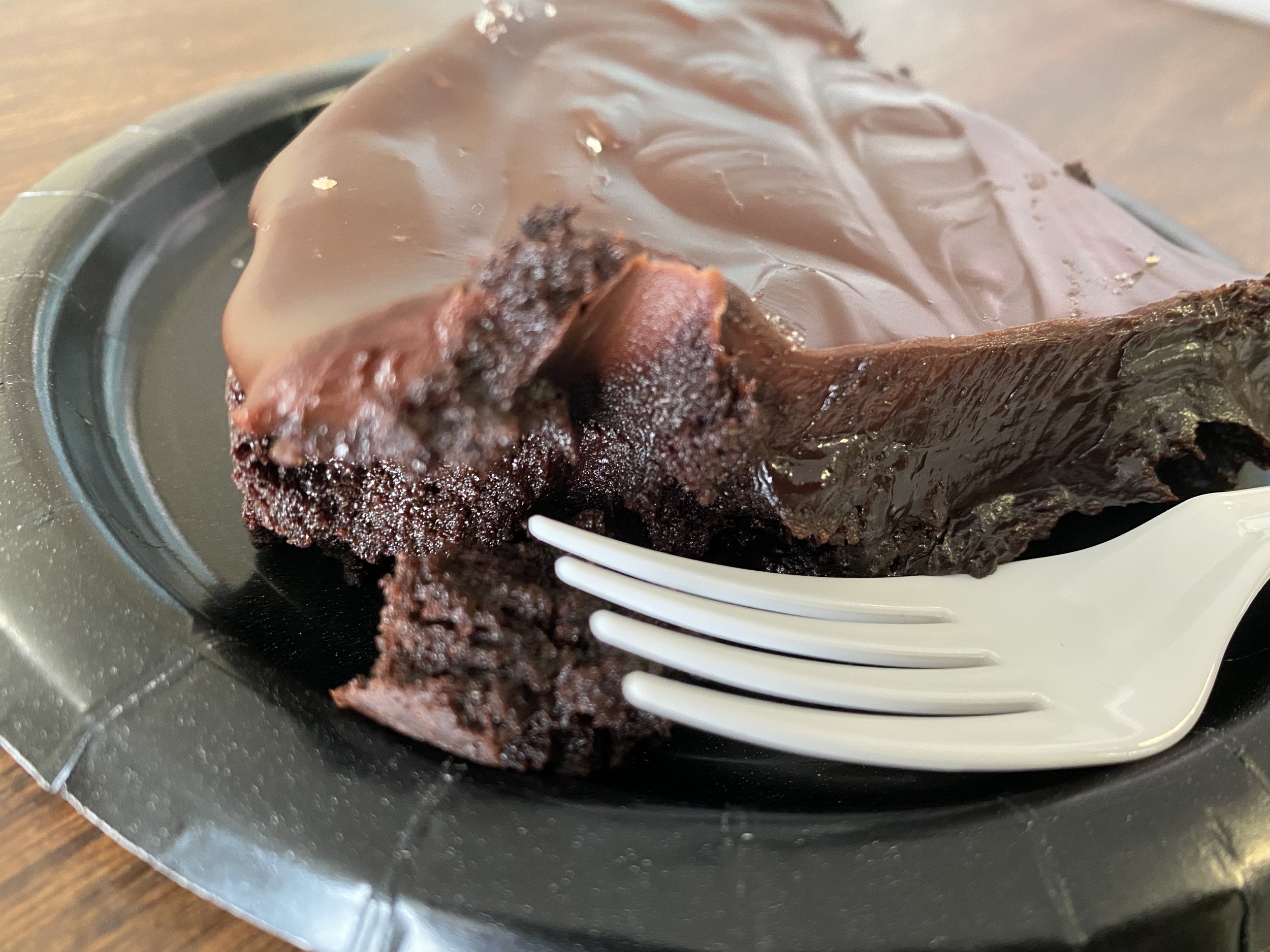Types of Honey
/most states require honey to be labelled with type and where it was collected. (charlotte ekker wiggins photo)
Types of Honey
There are more than 300 different types of honey produced worldwide. They can be simply divided into monoflorals, which are honey from one type of flower, and multiflorals, honey from a variety of flowers.
When not sure, beekeepers are encouraged to label their honey as wildflower honey. Bees collect flower nectar from a 2 mile radius around their apiary. It takes 1.5 million flowers to produce enough nectar for one cup of honey, or 12 ounces. Honey in US is sold be weight.
The following are the most common types of honey:
Clover honey: This is the most popular type of honey in the United States. It has a light, sweet flavor and is often used as a general-purpose honey.
Wildflower honey: This honey is made from the nectar of a variety of wildflowers. It has a more complex flavor than clover honey and can range in color from light yellow to dark amber.
Manuka honey: This honey is produced in New Zealand from the nectar of the manuka tree. It has a strong, slightly medicinal flavor and is known for its antibacterial properties.
Tupelo honey: This honey is produced in the southeastern United States from the nectar of the tupelo gum tree. It has a mild, sweet flavor and a delicate, floral aroma.
Buckwheat honey: This honey has a dark color and a strong, earthy flavor. It is often used in baking and cooking.
Sage honey: This honey has a light color and a mild, sweet flavor with a hint of sage. It is often used in tea and salad dressings.
Eucalyptus honey: This honey has a strong, minty flavor and a light amber color. It is often used for its medicinal properties, such as relieving coughs and colds.
The type of honey you choose will depend on your personal preferences and the use you have in mind for it.
If you are looking for a general-purpose honey, clover honey is a good option.
If you are looking for a honey with a stronger flavor, wildflower honey or manuka honey may be a better choice.
If you are looking for a honey with medicinal properties, eucalyptus honey or buckwheat honey may be a good option.
Prices for honey vary based on a number of factors. Time of year and how the beekeeper extracts are two considerations that impact price. In general, it is recommended that $1 per ounce is the going rate. Additional costs are added to cover the cost of jars, labels and consignment prices.
For more cooking, gardening, beekeeping and easy home decor tips, subscribe to Garden Notes.











